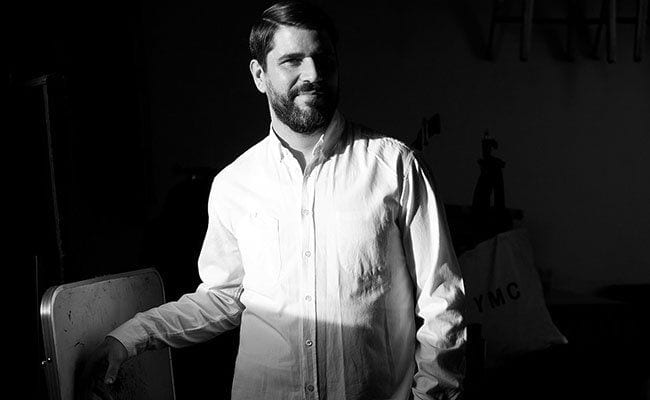
It’s a diverse duo that comes together to render old traditions anew on Curao. Singer Nidia Góngora hails from the Pacific coast of Colombia, a folk singer who preserves and reinvigorates the traditions of her riverside hometown of Timbiquí, where Afro-Colombian culture is a prevalent influence. Producer Will Holland, better known as Quantic, is an English globetrotter and multi-instrumentalist with a particular love for the music he’s discovered in Cali, a southwestern Colombian city where he and Góngora have both lived from time to time. Uniting them both is this appreciation, and it’s led them both through various creative collaborations over several years. It all culminates in the rich, well-rounded sounds of Curao.
Góngora is a lifelong singer, and the songs flow from her, as naturally as a breath would. She has both a flexibility and a cool strength to her voice, both allowing her to tell stories with a power that, from her, sounds completely organic. On swaying a cappella track “Dios Promete”, she packs a punch of deep feeling into just a few different notes, the perfect showcase for her raw vocal talent. In total contrast to that song’s reverence is playful “Ñanguita” just before it, bold and colorful. Those two performances are Earth and heaven, warmth and a holy breeze, fire, and water — and there are 16 more tracks to go. Góngora can tell any story she chooses with charisma, confidence, and a real sense of meaning.
The best thing about the Quantic component of this album, meanwhile, is how subtle it is. Holland’s work is respectful, done with the aim of enhancing the emotion and gravity already present in Góngora’s work. Her voice is at the forefront, even on tracks like the horn-heavy, appropriately named “Dub Del Pacifico”, where his strong reggae grooves reign. The Quantic touches aren’t always a perfect match — the 8-bit blips on “Ojos Vicheros” are fun, but not exactly fitting — but when they work, they take Góngora’s entrancing traditional sounds to a timeless new level. “Amor En Francia” is one of the best examples of this, a melancholy love song that starts out slow and gradually speeds up into a hypnotic swirl of looped hand drum beats, rusty synths, and repeated choruses. An ode to Timbiquí, upbeat “Un Canto A Mi Tierra” is another perfect fusion of Quantic’s dance-ready rhythms and Góngora’s infectious energy.
Neither Quantic nor Góngora let you forget where you are, and atmosphere plays a key role in establishing the album’s context. Góngora’s straightforward presentation of traditional songs is, of course, crucial to this; even as Quantic’s synths enhance her music, she doesn’t sacrifice its origins or its basic feel for the sake of modern updates. Further adding to the atmospheres are four interludes, some with her and some without, each one replete with found sounds — rain, crickets, thunder, drums — masterfully and simply produced. One of Holland’s greatest skills as a producer is his willingness to strip down rather than keep piling on effects in an attempt to show off what he can do, and in these interludes, that affinity for the low-key serves the music well.
The final track, “Maldito Muchacho”, is another pristine a cappella track, just Góngora and her backing singers, and it’s a perfect send-off to the album that gives her one more chance to shine solo. The chants and claps hit hard before fading away, a final display of Colombia’s vibrant cultural syncretism. Curao, in the end, is more about Góngora’s unique background and art than it is about Quantic’s, but in no way is it unbalanced. Instead, the two artists elevate and bring out the best in each other to paint vivid scenes of life. Together, even more than on their own, they truly enrapture.

